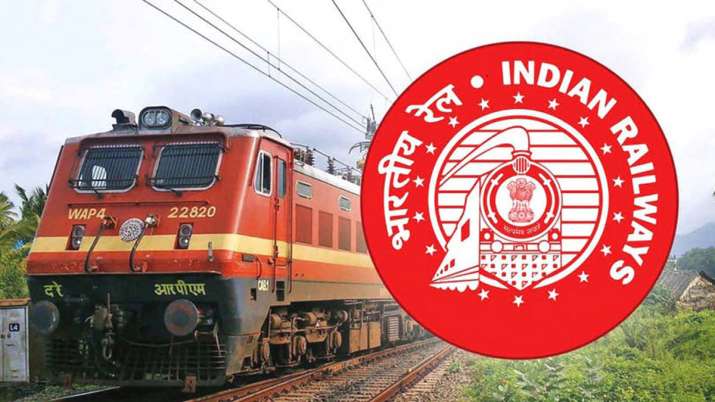100% Electrification of Indian Railways
Indian Railways is the fourth largest railway network in the world, with a total track length of over 121,000 km. In order to reduce its dependence on fossil fuels and reduce its carbon footprint, the Indian Railways has set an ambitious target of 100% electrification of its entire network by 2030.
Benefits of Electrification
Electrification of the railway network has numerous benefits, including reduced dependence on fossil fuels, lower operating costs, and improved energy efficiency. It also helps in reducing greenhouse gas emissions and air pollution, which have a significant impact on the environment and public health.
Initiatives towards Electrification
The Indian Railways has already taken several steps towards electrification of its network. As of 2021, around 63% of the total railway network is already electrified. The Indian Railways is working on several projects to complete the remaining 37% of the network.
One of the initiatives taken by the Indian Railways is the installation of overhead electrical systems. This involves installing overhead electrical wires and substations to supply power to trains. The Indian Railways has also invested in upgrading its rolling stock, including the procurement of new electric locomotives.
The Indian Railways is also working on developing renewable energy sources to power its electrified network. It has set up solar panels at several railway stations and is exploring the potential of wind and hydro power.
Challenges in Electrification
Electrification of the entire railway network is a massive undertaking and poses several challenges. One of the major challenges is the lack of infrastructure and resources required for electrification. The Indian Railways will require a significant investment in electrical infrastructure, including overhead electrical systems and substations.
Another challenge is the availability of skilled manpower for electrification projects. The Indian Railways will need to invest in training and development programs to ensure that it has the right manpower to complete electrification projects.
Achievements so Far (Updated 2022)
Indian Railways has achieved its goal of electrifying its entire Broad-Gauge network, resulting in improved fuel energy usage, increased throughput, and reduced fuel expenditure. During FY 2022-23, until October 2022, Indian Railways electrified 1223 Route Kilometers (RKMs), which is 36.64% more than the previous year’s figures. As of October 31, 2022, out of 65,141 RKM of the BG network, 53,470 BG RKM have been electrified, which is 82.08% of the total BG network. As of April 1, 2022, 80% of the total broad-gauge route kilometers, or 52,247 km, have been electrified. The Indian Railways uses 25 kV 50 Hz AC traction on all its electrified tracks.
The first electric train was introduced in India between Chhatrapati Shivaji Terminus and Kurla on the Harbour Line on February 3, 1925, on the Great Indian Peninsula Railway at 1500 V DC. Currently, 40 railway stations have been redeveloped to provide modern amenities, with 14 stations still under the tendering stage for redevelopment. The Indian Railways plans to electrify all of the broad-gauge routes by December 2023 and implement head-on-generation systems, bio-toilets, and LED lights to enhance passenger comfort. The Indian Railways has also taken up the ambitious project of extending railway tracks to the border of China through Arunachal Pradesh.
Month: Current Affairs - January, 2020


